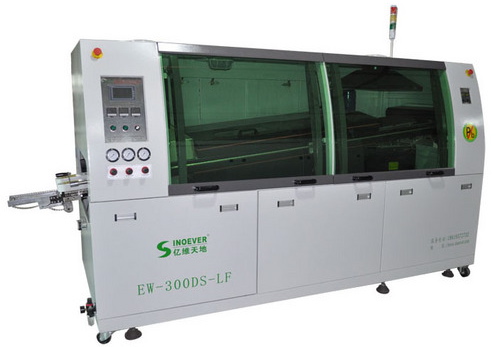What effect on pcbs and other components has RoHS?

Lead-free soldering effects circuit boards and components through exposure to higher soldering temperatures which renders certain materials unsuitable.
Typical temperature increase is 20C, or 250C to 270C.
PCB construction as number of layers, blind and buried vias, overall thickness, copper thicknesses and number of passes through soldering processes are parameters that must be considered when materials are selected.
Tg (glass transition temperature) is the main parameter for the pcb. Tg is a measure of when the EPOXY in the pcb softens (it has nothing to do with the glass fibre in the pcb).
Tg 130-140 was standard for tin/lead based soldering temperatures while Tg 150 and Tg 170 is now generally required for lead free soldering, else delamination of circuit boards and “popcorning” of components can take place.
It has since been well established that trapped moisture is the cause of the destruction, through high steam pressures building up at temperatures well over boiling inside the pcbs. Some assemblers continue to use lower Tg pcbs successfully as long as these are stored in temperature and moisture controlled environments.
Pre-baking immediately prior to population and soldering of all none ROHS compliant components or improperly stored components can enable safe use of such components including pcb’s. Please contact Shipco circuits for more information.